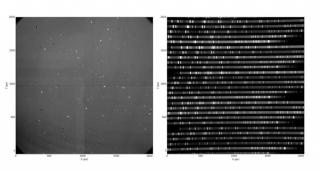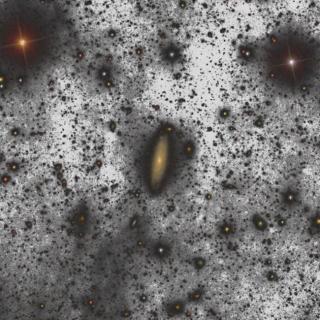Rafael Rebolo, Director of the Instituto de Astrofísica de Canarias (IAC) and Oskar von der Lühe, Director of the Kiepenheuer Institute for Solar Physics (KIS) in Freiburg (Germany) signed, at Aarhus (Denmark) on May 27th an agreement regulating the operations of the German solar telescopes at the Teide Observatory in Tenerife. This agreement, which was signed during the 75 th meeting of the International Scientific Committee (CCI) of the Canary Island Observatories, establishes the operations of the Vacuum Tower Telescope (VTT) and the GREGOR, the largest solar telescope in Europe, as





